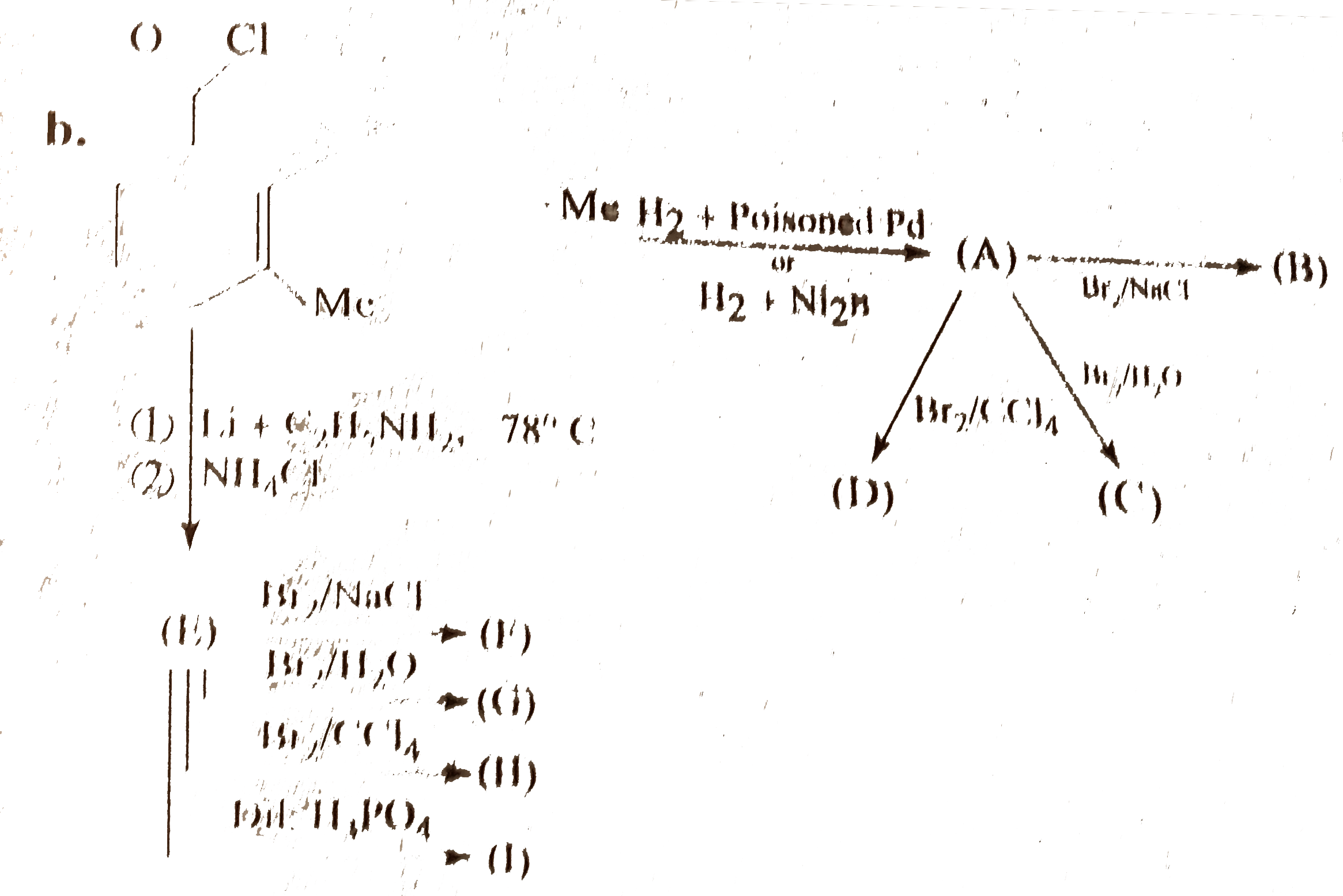E,Z एवं SYN ANTI
Step by step video solution for E,Z एवं SYN ANTI by Chemistry experts to help you in doubts & scoring excellent marks in Class 11 exams.
Updated on:21/07/2023Similar Questions
तव्यत - अनीयर प्रत्ययों से सम्बद्ध नियम एवं प्रमुख उदाहरण|तल् प्रत्ययाश्रित नियम एवं प्रमुख उदाहरण|सारांश |प्रत्ययाश्रित नियम एवं प्रमुख उदाहरण|OMR|कृत्य संज्ञा एवं कृत्य प्रत्यय
View Solutionभाषा शब्द की व्युपत्ति एवं परिभाषा |संस्कृत शब्द की व्युपत्ति एवं भावार्थ |OMR|संस्कृत भाषा का उद्भव एवं विकास |सारांश
View Solutionमूल्यांकन शब्द का स्वरूप एवं भावार्थ |मूल्यांकन के प्रमुख भेद एवं उपभेद |OMR|मूल्यांकन की उपयोगिता एवं स्मरणीय तथ्य |सारांश
View SolutionReactions OF Alkene || Alkyne (Test OF Unsaturation) || Syn and Anti Addition
View SolutionE,Z- Isomerism || Naming and Questions OF E,Z isomerism
View Solution(i) If z=3+4i, then find modulus of z i.e., |z|.
(ii) If z=4+3i, then find modulus of z i.e., |z|.
View Solutionदोहरान |एकलिंगी एवं द्विलिंगी पादपों के उदाहरण |नर एवं मादा युग्मक |परागण |निषेचन |फल एवं बीज का विकास |सारांश
View SolutionIdentify E and Z form of stilbene ?

View SolutionIUPAC Nomenclature OF geometrical Isomeric Compound||Syn-Anti Conformation|| E-Z Nomenclature
View Solutiona.

b.
c. Tetrachloroethane does not give the test for unsaturateion , i.e., it does not decolourise Br2 water solution. Explain why.
d.
e. Ricinoleic acid is isolated from castor oil. The structure of the compound is :

f. Explain why 1,2−dimethyl cyclopenten or 1,2−dimethyl cyclohexen with HBr undergoes anti−( or trans−) addition but with aqueous acid undergoes both anti− and syn−( trans and cis−) additions.
View Solution
